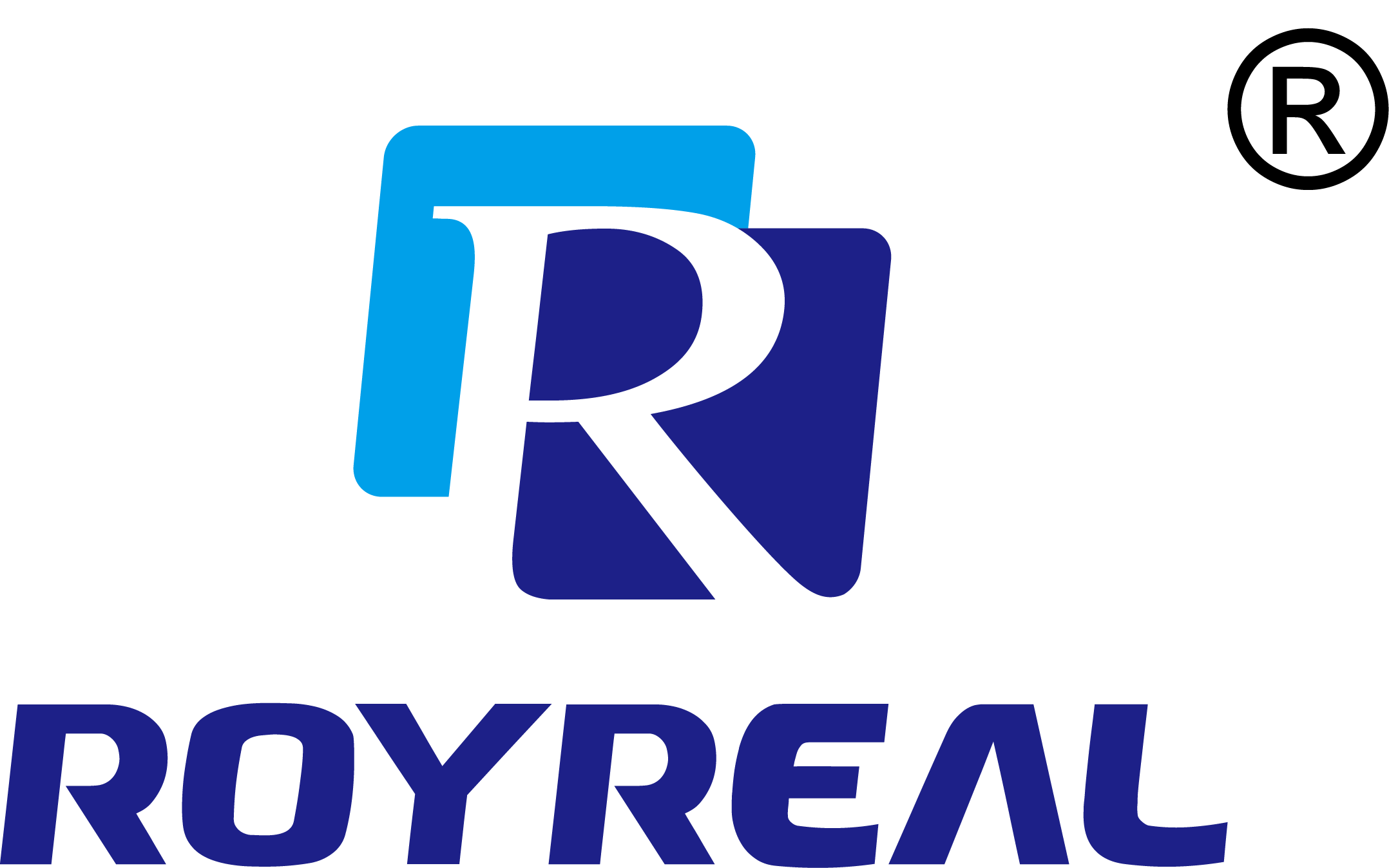Efficiency Elevated: The Transformative Impact of Wet Gas Flow Meters on Industrial Processes
Category: Industry News
Time:2024-12-09
Efficiency Elevated: The Transformative Impact of Wet Gas Flow Meters on Industrial Processes
Table of Contents
Introduction to Wet Gas Flow Meters
Understanding Wet Gas and Its Measurement Challenges
The Technology Behind Wet Gas Flow Meters
Benefits of Wet Gas Flow Meters in Industrial Applications
Impact on Industrial Processes
Comparison with Traditional Flow Meters
Selecting the Right Wet Gas Flow Meter for Your Needs
Future Trends in Wet Gas Measurement Technology
Frequently Asked Questions
Conclusion
Introduction to Wet Gas Flow Meters
In today's industrial landscape, efficiency and accuracy are paramount. One of the critical instruments in achieving these objectives is the **wet gas flow meter**. These specialized devices are engineered to accurately measure the flow of gases containing liquid droplets, making them indispensable in many sectors, from oil and gas to chemical processing. By understanding the workings and advantages of wet gas flow meters, organizations can significantly optimize their operations and improve overall productivity.
Understanding Wet Gas and Its Measurement Challenges
Wet gas, by definition, refers to gases that contain liquid hydrocarbons or water in vapor form. This presence of liquid can complicate flow measurement, leading to inaccuracies and inefficiencies. Major challenges associated with measuring wet gas include:
- **Phase Changes:** Liquid droplets can vaporize, leading to fluctuations in flow rates.
- **Density Variation:** Changes in temperature and pressure affect the density of wet gas, complicating measurement.
- **Measurement Errors:** Traditional flow meters struggle to account for the liquid phase, often resulting in significant errors.
In industries where accurate flow measurement is critical for operational efficiency and compliance, relying on conventional methods is no longer sufficient.
The Technology Behind Wet Gas Flow Meters
Wet gas flow meters utilize advanced technology to ensure accurate measurement in challenging conditions. Here are some key features:
- **Dual-Phase Measurement:** Many wet gas flow meters are designed to measure both gas and liquid phases simultaneously. This dual-phase capability allows for better accuracy and reliability.
- **Differential Pressure Techniques:** These meters often employ differential pressure measurement methods to determine flow rates, allowing for precise calculations even in turbulent conditions.
- **Real-Time Monitoring:** Advanced wet gas flow meters provide real-time data, enabling operators to make immediate adjustments to processes and optimize efficiency.
The integration of these technologies into wet gas flow meters significantly enhances their ability to provide reliable measurements under varying conditions.
Benefits of Wet Gas Flow Meters in Industrial Applications
The implementation of wet gas flow meters in industrial settings offers a multitude of benefits, including:
1. **Enhanced Accuracy:** By effectively measuring both gas and liquid phases, wet gas flow meters provide more accurate flow measurements than traditional instruments.
2. **Increased Efficiency:** Accurate measurements lead to optimized processes, reducing waste and improving overall operational efficiency.
3. **Cost Savings:** With better flow measurement comes reduced operational costs. Companies can minimize excess gas consumption and avoid penalties from inaccurate reporting.
4. **Improved Compliance:** Accurate flow measurement is essential for meeting regulatory requirements. Wet gas flow meters ensure compliance with industry standards, reducing the risk of legal issues and fines.
5. **Versatility Across Industries:** Wet gas flow meters find applications in various sectors, including oil and gas, petrochemicals, pharmaceuticals, and HVAC systems, showcasing their versatility and effectiveness.
Impact on Industrial Processes
Wet gas flow meters significantly impact various industrial processes. Their ability to deliver accurate measurements leads to improved decision-making, better resource management, and increased productivity. Consider the following aspects:
- **Production Optimization:** Accurate flow measurement allows for fine-tuning processes, leading to higher yields and reduced downtime.
- **Safety Enhancements:** By ensuring accurate flow parameters, wet gas flow meters can help prevent hazardous situations caused by overpressure or equipment failures.
- **Predictive Maintenance:** Real-time data from wet gas flow meters enable predictive maintenance strategies. By identifying abnormalities in flow patterns, companies can proactively address issues before they escalate.
These impacts translate directly to improved operational effectiveness and profitability.
Comparison with Traditional Flow Meters
When comparing wet gas flow meters to traditional flow measurement devices, several key differences become apparent:
- **Measurement Accuracy:** Traditional flow meters often struggle with wet gas due to their inability to accurately measure the liquid phase, leading to errors in flow calculations. In contrast, wet gas flow meters are specifically designed to handle these complexities.
- **Response Time:** Wet gas flow meters typically offer quicker response times to changes in flow conditions, facilitating rapid adjustments and enhanced operational control.
- **Calibration Requirements:** Traditional meters may require frequent recalibration to account for changes in gas properties, while wet gas flow meters maintain accuracy across a broader range of conditions.
This comparison highlights the advantages of adopting wet gas flow meters, especially in industries where precision is critical.
Selecting the Right Wet Gas Flow Meter for Your Needs
Choosing the right wet gas flow meter involves considering several factors:
- **Application Requirements:** Identify the specific needs of your application, such as the type of fluid being measured, flow rate ranges, and environmental conditions.
- **Accuracy and Precision:** Look for meters that offer high accuracy rates suitable for your operational requirements.
- **Installation Requirements:** Consider the installation environment and any space constraints. Some flow meters may need specific configurations or support systems.
- **Budget Constraints:** Balance the benefits of advanced features with your budget. While investing in high-quality meters may incur initial costs, they can lead to savings in the long run.
By carefully evaluating these factors, companies can select the most suitable wet gas flow meter for their operations.
Future Trends in Wet Gas Measurement Technology
The future of wet gas measurement technology is promising, with several trends emerging that will shape the industry:
- **Integration of IoT and Smart Technologies:** The Internet of Things (IoT) is making its way into flow measurement, allowing for smart meters that provide enhanced connectivity and data analytics.
- **Advanced Data Analysis:** Emerging technologies will enable more sophisticated data analysis, allowing companies to gain deeper insights into their processes and performance.
- **Sustainability Focus:** As industries shift towards sustainability, wet gas flow meters will play a crucial role in monitoring emissions and enabling more environmentally friendly practices.
Staying abreast of these trends will ensure companies can leverage the latest technologies to enhance their operations.
Frequently Asked Questions
1. What industries benefit from wet gas flow meters?
Wet gas flow meters are beneficial across various industries, including oil and gas, petrochemicals, pharmaceuticals, and food processing.
2. How do wet gas flow meters differ from traditional flow meters?
Wet gas flow meters are specifically designed to measure both gas and liquid phases accurately, while traditional meters may struggle with liquid presence, leading to inaccuracies.
3. What factors should be considered when selecting a wet gas flow meter?
Consider application requirements, accuracy, installation environment, and budget when selecting a wet gas flow meter.
4. Can wet gas flow meters help with regulatory compliance?
Yes, by providing accurate flow measurements, wet gas flow meters assist companies in meeting industry regulatory requirements.
5. What future trends should we expect in wet gas flow measurement technology?
Expect advancements in IoT integration, enhanced data analysis capabilities, and a greater focus on sustainability in wet gas measurement technology.
Conclusion
The adoption of wet gas flow meters is transforming industrial processes, offering significant improvements in accuracy, efficiency, and compliance. As industries continue to face challenges related to wet gas measurement, these advanced instruments provide a reliable solution that enhances operational effectiveness. By understanding the technology behind wet gas flow meters and their benefits, organizations can make informed decisions that drive their success in an increasingly competitive market. Embracing these innovative solutions will not only optimize current operations but also prepare businesses for a more sustainable and efficient future.
Keywords:
 EN
EN RU
RU SP
SP
